Jodie is back with the final post of her three-part series on writing killer thrillers.
Writing a Killer Thriller, Part III
by Jodie Renner
More techniques for writing a compelling suspense-thriller…or any other page-turner.
In Part I of this series, I passed along some tips for creating a compelling opening, complex characters, and a tight point of view. In Part II, I discussed creating a riveting plot with lots of conflict and suspense and a tight, to-the-point writing style. This final post in this series covers tension, dialogue, pacing, passion, and crafting a satisfying ending.
Put tension on every page.
This applies to all fiction, but even more so for thrillers. As Jack Bickham says, “Virtually all the high points of most stories involve conflict. It’s the fuel that makes fiction go. Nothing is more exciting and involving.”
Bickham continues, “In fiction, the best times for the writer—and reader—are when the story’s main character is in the worst trouble. Let your character relax, feel happy and content, and be worried about nothing, and your story dies. Pour on all sorts of woes so your poor character is thoroughly miserable and in the deepest kind of trouble, and your story perks right up—along with your reader’s interest.
“The moral: Although most of us do everything we can to avoid trouble in real life, we must do the opposite as writers of fiction. We must seek out ways to add trouble to our characters’ lives, putting just as much pressure on them as we can. For it’s from plot trouble that reader interest comes.”
In his chapter called “Tension All the Time,” Donald Maass emphasizes giving your protagonist (and other characters) conflicting emotions and inner conflict.
All dialogue needs tension, too.
As Ingermanson and Economy say, “Dialogue is war! Every dialogue should be a controlled conflict between at least two of the characters with opposing agendas. The main purpose of dialogue is to advance the conflict of the story.” So definitely leave out the “How are you? I’m fine. And you?” blah-blah-blah, and cut to the chase. Unless of course you’re trying to show seething resentment or subtle tension boiling up from under surface politeness. As Donald Maass says, “Conflict in dialogue can be as polite as poison, or as messy as hatchets. The approach is up to you. The important thing is to get away from ambling chit-chat and get right to the desire of two speakers to defeat each other.” So follow James N. Frey’s advice: “Decide you will have fresh, snappy dialogue and not a single line of conversation.”
Vary the pacing.
Although thrillers are generally fast-paced, it’s important to slow down the pacing from time to time, to give your readers a break. As Jessica Page Morrell says, “because readers need to put down a book from time to time, and because pacing can’t be as relentless as a runaway train, you need to bring down the temperature and tension in a story at intervals. A win for your character, as well as a slower or interlude scene, provides the pauses and quieter moments needed.”
Give your scenes conflict, intensity and intrigue.
Start and end your chapters and scenes with questions and intrigue. James N. Frey’s advice is to end each scene or section of dramatic narrative with a bridge, a story question to carry the reader to the next one.
Every scene, according to James Scott Bell, needs a degree of intensity. A moving force in the scene is trying to make something happen. Opposition or obstacles are keeping the POV character from meeting his objective. And the outcome is often not entirely satisfactory. In fact, Bell advises us, “Design your scenes, for the most part, so the lead is in a worse position after the scene is over.” This will keep the reader reading to find out how the protagonist tackles the new challenges and survives her new predicament.
Put passion into your writing.
Donald Maass, in The Fire in Fiction, feels that the key ingredient to a page-turner is passion. “What do I mean by passion? … A passionate author has us in her grip. Passionate fiction is not bogged down, wandering, low in tension, or beset by the many bugbears of by-the-numbers novel writing, like stereotypical characters, predictable plots, cliché-ridden prose, churning exposition, buried dialogue, and so on.[…] When the purpose of every word is urgent, the story crackles, connects, weaves, and falls together in wondrous ways.”
How to develop that passion as a writer? Maass believes in learning from others. “Everything we need in order to understand the techniques of passion lies within the covers of novels that you will currently find on the shelves.”
Create a thrilling, satisfying climax.
Frey points out, “In almost all damn good thrillers, the hero is nearly killed in the climax, but then manages to kill or capture the villain and to foil his evil plot. Audiences find this motif satisfying….” An effective, satisfying climax has a surprise or two, good prevails over evil, and often the hero discovers something about himself or gains insight into the human condition. Don’t disappoint your readers by having a nebulous, wishy-washy, or tragic ending. Leave that to literary fiction, not your killer thriller!
Resources:
James Scott Bell, Revision and Self-Editing
James N. Frey, How to Write a Damn Good Thriller
Donald Maass, The Fire in Fiction
David Morrell, The Successful Novelist
Jessica Page Morrell, Thanks, But This Isn’t for Us
Jodie Renner is a freelance editor specializing in crime fiction. Check out her website at: http://www.jodierennerediting.com.







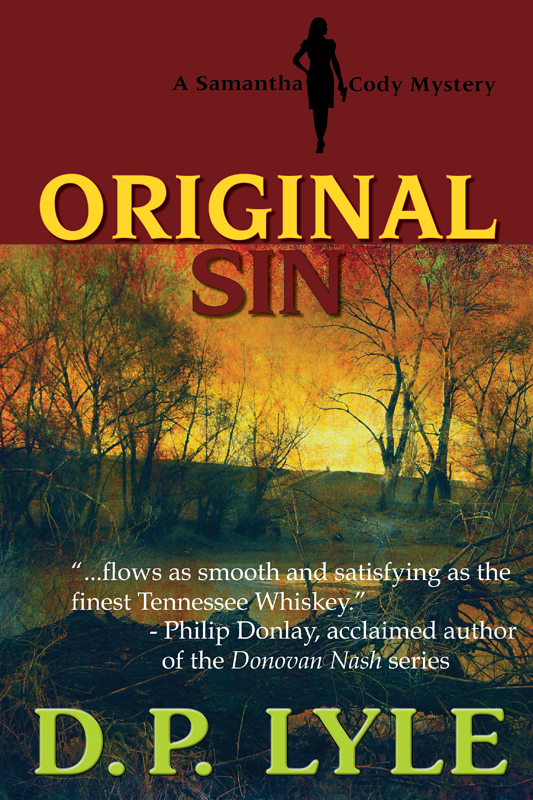
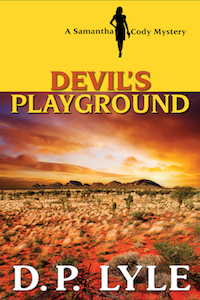



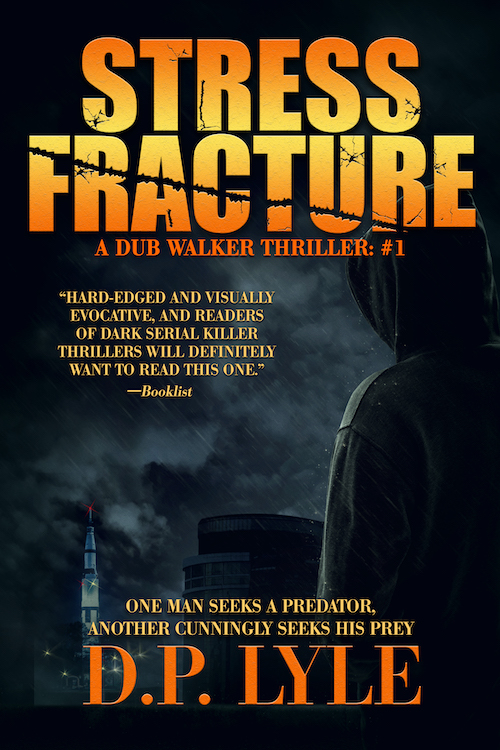






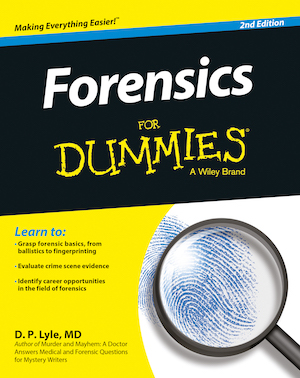

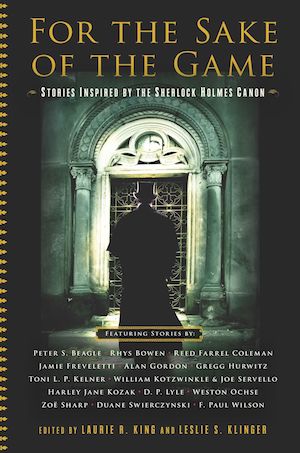

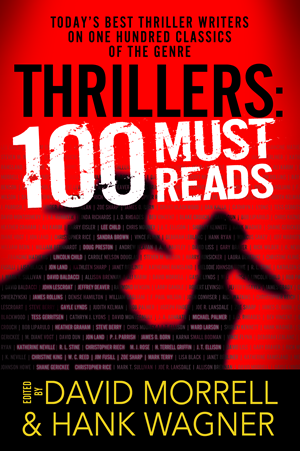

Jodie Renner
December 18, 2011 at 11:11 am
Thanks, Doug! Readers – Parts I & II are just below…
LikeLike
Nigel Blackwell
December 19, 2011 at 8:31 pm
A good list, Jodie. I need it written above my desk, every time I remember one of them the others seem to go out of the window!
I think I’d add atmosphere as one of the things that involves me more deeply in a thriller (or anything for that matter). With the right atmosphere my mind can fill in things that aren’t on the page and give me more of an image of the story.
Cheers!
LikeLike
Jodie Renner
December 20, 2011 at 5:14 am
Thanks for your comment, Nigel. Yes, creating the right atmosphere is very important. I think the best way to do that is with writing style and the use of a lot of sensory images and showing the characters’ inner reactions to what’s going on around them – for a thriller, their shock, anxiety and fears, especially. Kind of goes along with “voice.”
Do you have any special techniques for creating the atmosphere you’re looking for?
LikeLike
Teresa Reasor
December 21, 2011 at 10:40 am
I have really enjoyed all three parts of your blog. Thanks so much for all the information and all your insights. I have read every one of the resources you’ve listed at the end of the blog. All of James Frey’s books. They are all excellent resources.
Thanks,
Teresa Reasor
LikeLike
Jodie Renner
December 21, 2011 at 1:20 pm
Thank you so much for your kind words, Teresa. I’m glad you found my researched articles helpful!
Enjoy your holidays, everyone, and all the best for 2012! And thanks again to my kind host, DP Lyle, for posting my articles on his excellent blog!
LikeLike
hmd65
May 8, 2014 at 7:39 am
Reblogged this on Hmd65's Blog and commented:
Almost all you need to know to write the killer thriller. Great writing tips here from Jodie Renner.
LikeLike